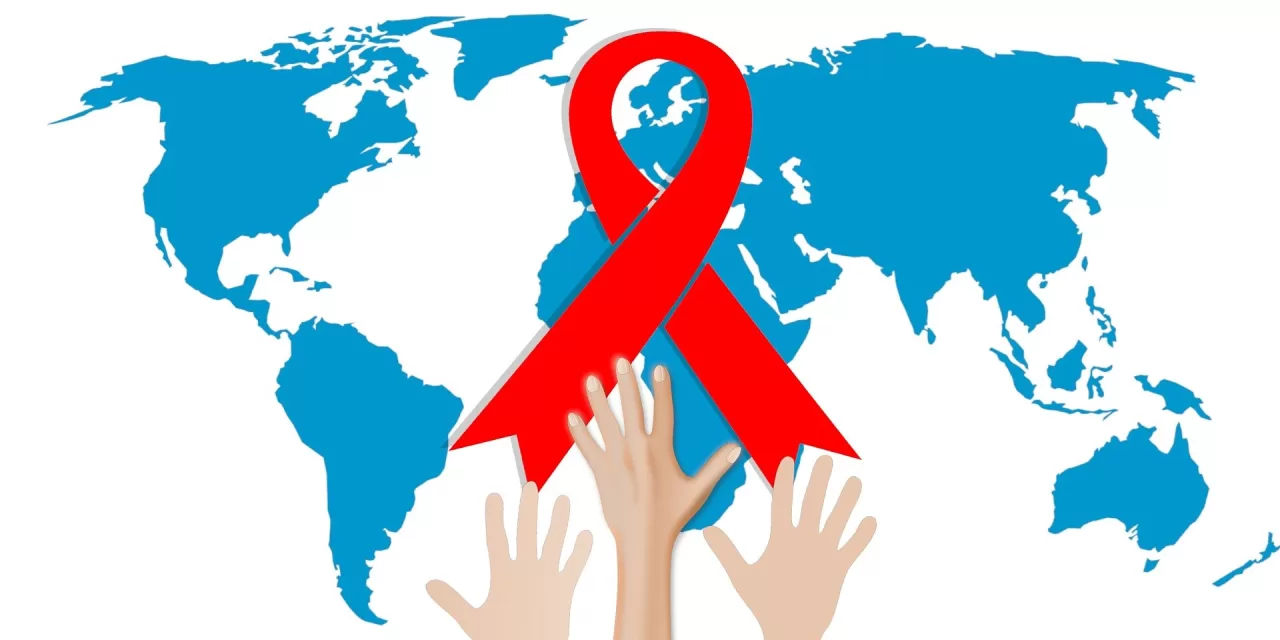Stockholm, Sweden – Sweden has reached a historic milestone in the global fight against HIV, becoming the first country to meet and surpass the ambitious UNAIDS and World Health Organization (WHO) targets for controlling the epidemic. A new study published in Eurosurveillance by researchers at Karolinska Institutet and international collaborators has confirmed that Sweden has exceeded the “95-95-95” target – a key global benchmark in the battle against HIV/AIDS.
The “95-95-95” target refers to the following goals: 95% of people living with HIV are diagnosed, 95% of those diagnosed are on antiretroviral therapy, and 95% of those on treatment have undetectable viral loads, meaning the virus is effectively suppressed. Originally set for 2025, these targets aim to significantly curb the spread of HIV and improve the health outcomes for those living with the virus.
Sweden’s Success: Surpassing Global Targets
Sweden’s achievements exceed these global targets. According to the study, 96% of people living with HIV in the country have been diagnosed, 99% of those diagnosed are receiving treatment, and 98% of those on treatment have achieved undetectable levels of the virus. This is a monumental step in the fight against HIV, showing that effective health systems and public health strategies can achieve the seemingly impossible.
“This is proof that it is possible to reach these ambitious targets. It shows that Sweden’s infrastructure for finding and treating people with HIV is very effective,” said Professor Anders Sönnerborg, one of the lead researchers at the Department of Medicine, Huddinge, Karolinska Institutet.
Study Highlights Sweden’s Groundbreaking Approach
The study, which draws on data from Sweden’s national HIV cohort established in 2003, is the first published research to conclusively show that these targets can be achieved. The national cohort includes over 99% of all individuals diagnosed with HIV in the country. The researchers, in collaboration with Los Alamos National Laboratory in the United States, used advanced bioinformatics to analyze the data, providing critical insights into Sweden’s success.
“We have shown that we have indeed reached the target. This means that people with HIV in Sweden have a life expectancy approaching that of non-HIV-infected individuals and that the vast majority of those diagnosed are not infectious,” Prof. Sönnerborg added.
Future Challenges: Late Diagnosis, Stigma, and the Quest for a Cure
While Sweden’s progress is laudable, challenges remain in the global fight against HIV, particularly in areas such as late diagnosis, HIV-related stigma, and the need for a permanent cure. “Research on HIV cure is now a top priority,” said Prof. Sönnerborg, emphasizing the ongoing scientific effort to not only manage but eradicate the virus.
Sweden’s next goal is to ensure that 95% of people living with HIV in the country enjoy a good quality of life. “We are now working on a fourth goal: that 95% of people living with HIV in Sweden should have a good quality of life,” Prof. Sönnerborg said.
Global Implications and Inspiration
Sweden’s accomplishment is likely to inspire other countries to intensify their efforts against HIV. The successful model demonstrates that comprehensive testing, treatment, and viral suppression are possible with a well-structured healthcare system and robust public health initiatives. The Swedish experience sets a precedent for the global health community, proving that the UNAIDS and WHO targets are attainable and underscoring the importance of continued global collaboration to combat HIV.
The study’s findings may encourage other nations to re-evaluate their strategies and scale up efforts to end the HIV epidemic. Sweden’s leadership in this area serves as a beacon of hope for countries still working to meet the 95-95-95 targets.
More Information:
Erik Lundgren et al., “Sweden surpasses the UNAIDS 95-95-95 target: estimating HIV-1 incidence, 2003 to 2022,” Eurosurveillance (2024).
DOI: 10.2807/1560-7917.ES.2024.29.42.2400058











